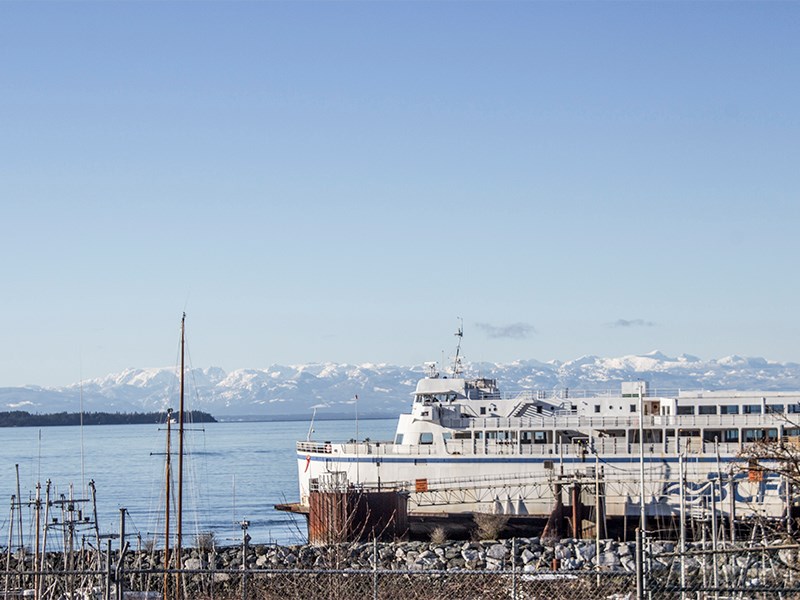With provincial election campaigns ramping up over the next few weeks, chairs of BC’s 13 ferry advisory committees want to make sure voters have all the facts when it comes to BC Ferries.
Northern Sunshine Coast Ferry Advisory Committee (NSCFAC) released its report, Powell River Ferry Facts, on Thursday, March 23.
Using BC Ferries’ ridership and fare data going back to 2003, the report’s graphs show the rise in fares against the consumer price index and the impact that has had on ridership.
The report also shows how fare revenue as a percentage of operating costs compares to other publicly supported transportation systems, said NSCFAC chair Kim Barton-Bridges.
“We’re not out there telling people who to vote for,” said Barton-Bridges. “The fares are crippling and we felt we needed to put this information out for people, so when they are asking candidates questions they understand the history of fares and know how they are set.”
The bulk of BC Ferries’ revenue comes from the government service fee and customer fares, the report states.
Ferry Advisory Committees (FACs) are non-partisan and operate through BC Ferries, which was consulted before the reports were released, said Barton-Bridges.
Powell River Regional District Electoral Area C director Colin Palmer, who represents Powell River on the Coastal Regional District Chairs BC Ferries committee, said he applauds FACs for stepping up to raise the issue as the provincial election approaches.
Palmer said the Coastal Ferry Act, which lays out the relationship between the province and the quasi-private corporation, needs to be revisited.
“If the government doesn’t increase its ferry subsidy, then all the other money BC Ferries needs to operate has to come from the people who pay the fares, or though the sale of food,” said Palmer.
No other public transportation service operates in that manner, he said. Palmer points to the fact sheet’s finding that BC Transit operates on only 31 per cent cost recovery from fares.
According to the fact sheet, since 2003 there has been an approximate 20 per cent increase in the consumer price index, but ferry fares for some Powell River routes have gone up as much as 140 per cent.
The increase on Route 7, Earls Cove to Saltery Bay, was 110 per cent. Route 17, Little River to Westview, saw a 120 per cent increase and Route 18, Westview to Blubber Bay, went up 140 per cent.
These jumps in fares have had, for the most part, a stagnating effect on ridership, the report details. Only ridership between the upper and lower Sunshine Coast saw growth (five per cent) over the period compared to the other routes, which made no gains or recorded losses. Traffic to Texada saw a 20 per cent reduction during the period.
Barton-Bridges said the ferry advisory committees are not demanding a fare reduction or recommending anything with the report, but just offering voters some facts on what has been going on with BC Ferries in the hopes it will inform the ongoing discussion about the ferry corporation’s operations.
The fact sheet also explains the relationship between BC Ferries and the provincial government and how fares are set.
The government’s contribution dropped from 18 per cent of total revenue in 2003 to 17 per cent in 2016. During the same period, the fares portion increased from 64 per cent to 69 per cent.
“BC Ferries is operating safely and more efficient,” said Palmer, “but not effectively, because it is not serving the needs of people who live on the coast.”



